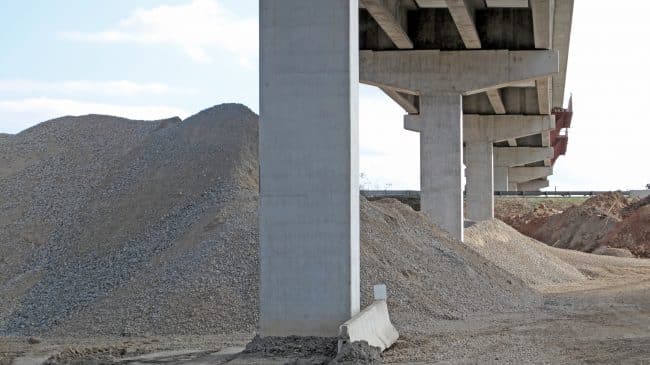The 2017 tax bill, the Tax Cut and Jobs Act of 2017, provided a large, tax rate reduction for corporations. And many Americans will be paying close attention to the bill’s impacts on their taxes in the coming years. One of the long-term things to watch is going to be how the tax bill affects the country’s infrastructure.
Last December, bipartisan groups representing a variety of interests and industries lobbied hard against a provision in the House version of the bill, which called for the elimination of tax-exempt private activity bonds (PABs).
PABs provide financing for private sector projects benefiting the general public: building roads, renovating colleges, upgrading airport gates, etc. Acknowledging the theoretical benefits of PABs, House Ways and Means Committee Chairman Kevin Brady (R-TX) claimed the bonds have “drifted far afield from their original mission.” The summary of the House bill at the time argued, “The Federal government should not subsidize the borrowing costs of private businesses, allowing them to pay lower interest rates while competitors with similar creditworthiness but that are unable to avail themselves of PABs must pay a higher interest rate on the debt they issue.”
Critics of PABs frequently call them “corporate welfare” and often point to the financing of professional sports stadiums or other similar projects with PABs as evidence of their nonessential nature. Sports stadiums financed by PABs have earned a bad reputation, and understandably so. But PABs finance many of the country’s critical projects.Overwhelmingly, PABs are used to finance hospitals and airports. In fact, 38 percent of the PABs issued in 2016 went to non-profit hospitals. In California, hospitals and medical centers have been the biggest beneficiaries of these bonds over the last 10 years. They allow much-needed projects to be built without high interest, keeping the projects’ costs lower and more manageable. In the case of Los Angeles International Airport (LAX), which is undergoing a multi-billion dollar renovation and expansion, a loss of PABs would’ve meant the need for an additional $500 million to $550 million in funding to finish the projects.
Ultimately, the PAB provision was removed from the final version of the tax bill passed by Congres and signed into law by President Trump. But, Marc Scribner, a senior fellow at Competitive Enterprise Institute (CEI), worries about the House’s rationale to remove them. He says, “If you want to increase the private sector in the provision of public-sector infrastructure, eliminating private activity bonds is a really bad way to do that.”
Similarly, Darien Shanske, Professor of Law and Political Science at University of California, Davis, writes, “A more suspicious view would wonder about the choice to undermine a program that is particularly targeted towards financing those pieces of public infrastructure that could be the most viable candidates for privatization.”
President Trump’s recently released infrastructure blueprint was billed as a $1.5 trillion plan. However, only $200 billion of the $1.5 trillion in Trump’s outline would come from federal funding. The plan will need public-private partnerships and private sector investors to build infrastructure projects if it wants to hit that $1.5 trillion total. In coming years, PABs can be used to deliver value and important infrastructure projects for taxpayers.
